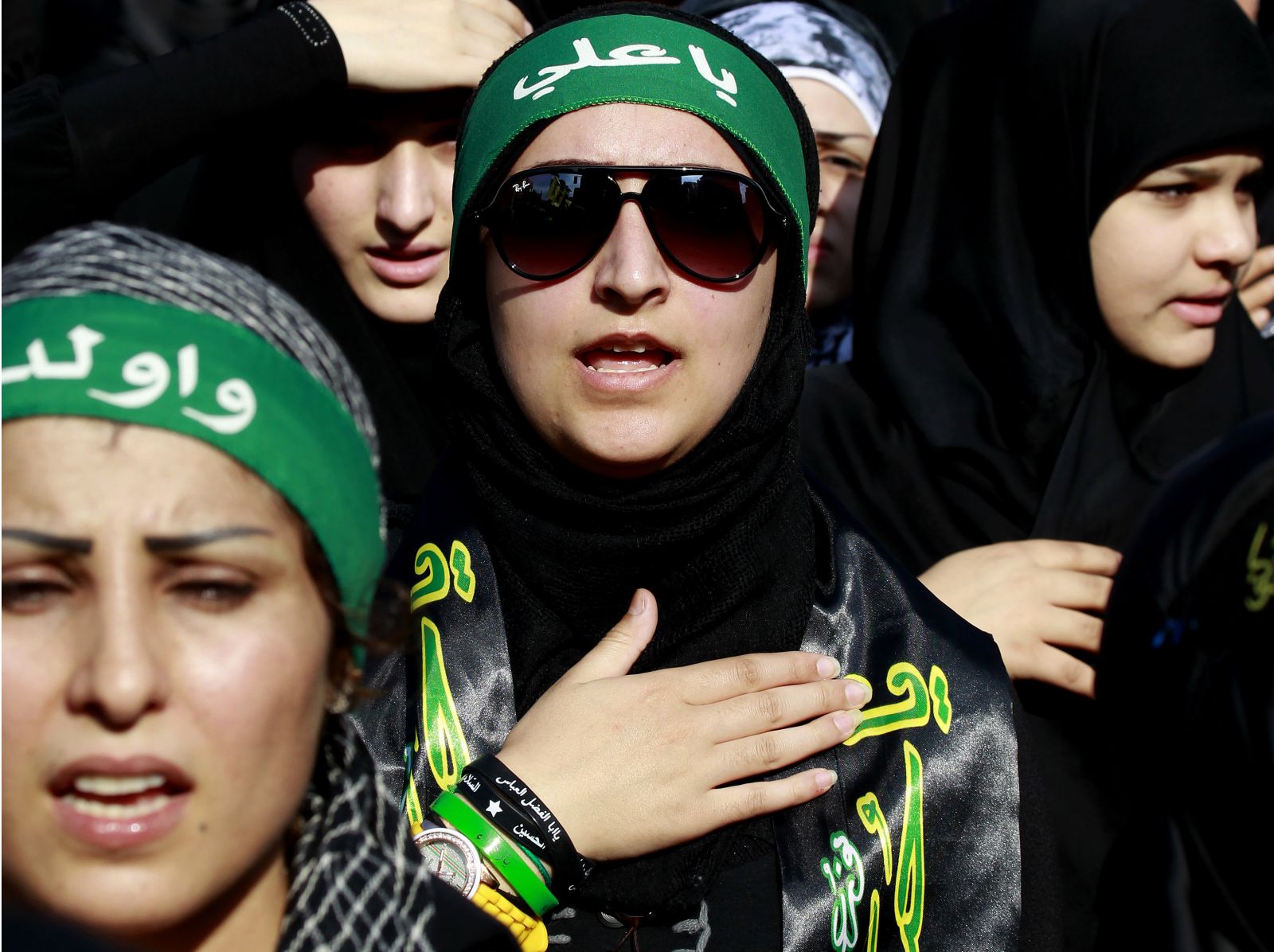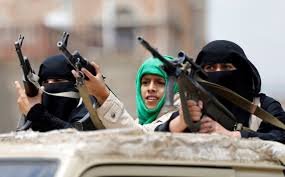The resurgence of clashes in Yemen, marked by renewed hostilities involving the Houthi rebels, underscores the fragile nature of truces and the deep-seated issues fueling the conflict. While different interpretations of Islam, particularly the Sunni-Shia divide, play a significant role, Unraveling the Complex Web of The Yemen-Houthi Conflict have multifaceted, encompassing political, economic, and social dimensions. To understand the logic behind these terror activities and the ongoing strife, it is essential to delve into the historical, ideological, and socio-political landscape of Yemen.

The Ideological Dimension: Sectarian Divide
A prominent factor in the Yemeni conflict is the sectarian divide between Sunni and Shia Muslims. The Houthis, who adhere to Zaidism, a branch of Shia Islam, have long felt marginalized by the predominantly Sunni Yemeni government. This religious divide has been exacerbated by regional power struggles, with Sunni-majority Saudi Arabia and Shia-majority Iran supporting opposing sides in the conflict.
The Houthis’ initial uprising can be seen as a response to decades of perceived political and economic marginalization. Their slogan, “God is great, death to the US, death to Israel, curse the Jews, and victory for Islam,” reflects a broader ideological stance against perceived external enemies and internal corruption. However, reducing the conflict solely to religious differences would be an oversimplification.
Historical and Political Context
Yemen’s contemporary political instability can be traced back to its modern formation. The unification of North and South Yemen in 1990 brought together two distinct political entities with different histories, cultures, and governance systems. This unification process was fraught with tensions, leading to the civil war of 1994. Even after the war, regional, tribal, and political divisions persisted, undermining national cohesion.
The Arab Spring of 2011 further destabilized Yemen. Mass protests against President Ali Abdullah Saleh’s regime led to his ousting and the eventual rise of his deputy, Abdrabbuh Mansur Hadi. The transition was supposed to bring stability, but it instead led to power vacuums and further disintegration. The Houthis capitalized on this instability, seizing control of the capital, Sana’a, in 2014.
Economic and Social Dimensions
Economic deprivation and social inequality are critical underlying causes of the conflict. Yemen is one of the poorest countries in the Arab world, with high unemployment rates, food insecurity, and inadequate access to basic services. The economic hardships faced by many Yemenis have fueled discontent and provided fertile ground for insurgency movements.
The Yemeni government’s inability to address these socio-economic issues has eroded its legitimacy. Corruption and the unequal distribution of resources have exacerbated public grievances. The Houthis have leveraged these economic and social discontents, positioning themselves as defenders of the marginalized and opponents of a corrupt government.
Regional Power Struggles
The Yemen conflict is also a proxy battleground for regional power struggles, primarily between Saudi Arabia and Iran. Saudi Arabia views the Houthi movement as an Iranian proxy, threatening its southern border and regional influence. Consequently, Saudi Arabia has led a coalition of Arab states in a military intervention against the Houthis since 2015.
Iran, on the other hand, sees its support for the Houthis as part of its broader strategy to counter Saudi and US influence in the region. Although the extent of Iranian support to the Houthis is debated, there is no doubt that the regional rivalry has intensified and prolonged the conflict.
The Role of External Actors
International involvement has complicated the Yemeni crisis. The Saudi-led coalition, backed by the United States and other Western powers, has conducted extensive military operations, often resulting in civilian casualties and widespread destruction. Humanitarian organizations have criticized these actions for exacerbating the humanitarian crisis in Yemen.
Conversely, international efforts at peace negotiations have repeatedly faltered. The complexity of the conflict, with its multiple factions and interests, makes reaching a comprehensive and lasting peace agreement exceedingly difficult. Truces, like the one recently broken, offer temporary respite but fail to address the deeper issues at play.
Moving Forward: Addressing the Root Causes
To move towards a resolution of the Yemeni conflict, several steps are essential:
- Inclusive Political Dialogue: A sustainable peace process must involve all Yemeni factions, including the Houthis, southern secessionists, and other marginalized groups. An inclusive dialogue that addresses political grievances and power-sharing arrangements is crucial.
- Economic Reconstruction and Development: Addressing Yemen’s economic woes is imperative. International aid and investment should focus on rebuilding infrastructure, creating jobs, and ensuring equitable resource distribution to alleviate poverty and reduce economic disparities.
- Humanitarian Assistance: Immediate and sustained humanitarian assistance is needed to address the dire living conditions of millions of Yemenis. Ensuring access to food, healthcare, and clean water is critical to stabilizing the country.
- Regional Cooperation: Regional actors must engage in dialogue to de-escalate the proxy aspects of the conflict. Saudi Arabia and Iran, in particular, need to find common ground and reduce their military and financial support to warring factions.
- Strengthening Governance: Building a legitimate and effective government that can deliver services and uphold the rule of law is vital. Anti-corruption measures and institutional reforms are necessary to restore public trust in governance.
Conclusion
The Yemeni conflict is a complex and multifaceted crisis rooted in historical, political, economic, and sectarian issues. While ideological differences, particularly within Islam, play a significant role, the broader context of political instability, economic deprivation, and regional power struggles cannot be ignored. Addressing these root causes through inclusive dialogue, economic development, humanitarian aid, and regional cooperation is essential for achieving lasting peace in Yemen. The international community must support these efforts to end the suffering of the Yemeni people and stabilize the region.
4o





Leave a Reply